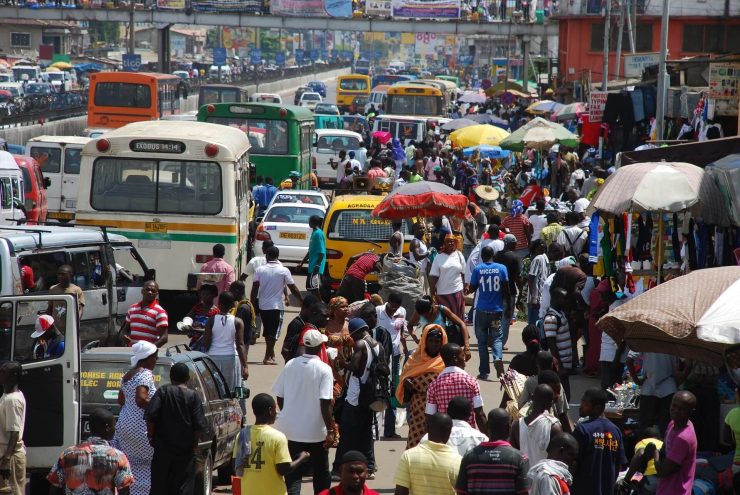Economic development in secondary cities
More than 56.2% of the global population now lives in cities. By 2050 68% of us will live in cities. We are moving towards what Shlomo Angelo described as the “Planet of Cities” – a global system of cities becoming more and more intricately connected.
Today, 40% of the world’s population lives in what we call secondary cities. As the population grows, so will the number of people living in those cities.
Secondary cities are rapidly growing urban areas in developing countries that are experiencing unexpected growth and development. They are defined by their population, size, function and economic status, and neighbouring and distant cities. City population can generally range from 200,000 to 2.5 million; however, the size of cities is largely dependent on a country’s population and that of its capital or biggest city. For instance, secondary cities in China have populations well over 5 million, whereas, in Ethiopia, they are less than 200,000.

